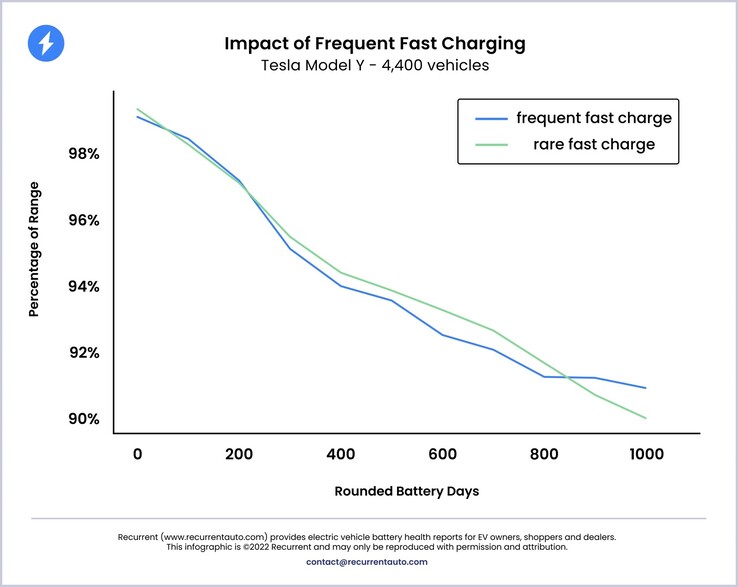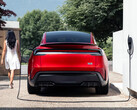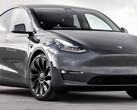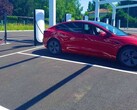According to Tesla, its electric vehicle batteries lose 12%-15% of their original capacity on average by the time they hit 200,000 miles, depending on the model. Tesla's most popular vehicle, the Model Y, was only released in 2020, but there are now units that have covered 200,000 miles and above already.
There are Model Ys with north of 210,000 miles on the odometer, for instance, and others that are nearing Tesla's threshold with exactly the average battery degradation it quotes. The kicker is that some of their owners say they use them a lot and only charge at Superchargers. One owner with 12% battery degradation on their 180,000-mile Model Y even hooks it up for fast charging twice a day with no apparent increase in the pace of capacity loss.
A recent study confirmed that the difference between the battery capacity loss resulting from using Superchargers at all times, and the degradation from slow charging like using at-home wall chargers, is statistically insignificant. According to Recurrent, those Tesla owners who use Superchargers 90% of the time, and those who only use them occasionally, exhibit similar battery degradation percentages, and the high-mileage Model Y examples now confirm those findings.
Tesla's official battery degradation percentage statistics probably don't include the early Model S vehicles up to the fall of 2015, which came with a fuse door at the top of the battery pack where moisture made them give up the ghost early. Those do increase the average EV battery failure percentage, but not the average degradation statistics, as they simply didn't make it to 200,000 miles before the pack was swapped, mostly under warranty.
Even so, there are now Model S units with 430,000 miles covered on their original battery which show 28% degradation after 8 years, largely in line with the capacity loss Tesla says they'll lose each 200,000 miles.
Given that the batteries in the Model 3 and Model Y come with newer technology, the average pack capacity degradation of a Tesla vehicle may even decrease as more and more Model Y units are old enough to pass the 200,000 miles threshold.
Get the Tesla Universal Wall Connector EV Charger with Dual Plug on Amazon
Source(s)
Tesla (PDF), Electric Viking (YT)


















